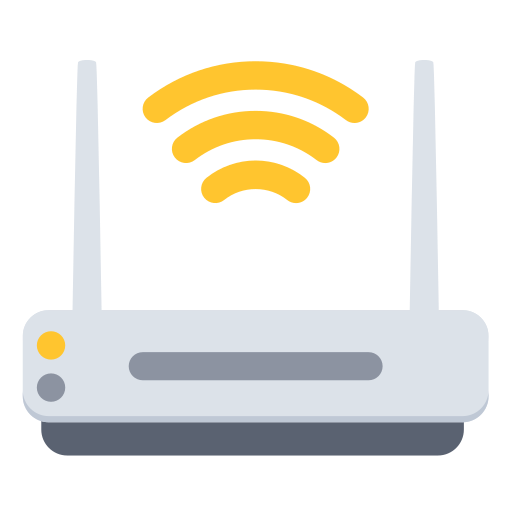
Asymmetric Digital Subscriber Line (ADSL) is a broadband digital technology that uses the traditional copper link of a telephone line to transmit data. It makes it possible to connect to the Internet and to receive data at a higher speed than it is sent, i.e. asymmetrically. Due to this asymmetry, ADSL technology is chosen mainly by users who receive data more often (e.g. from WWW sites) than send them (e.g. have servers). ADSL allows to transmit data at speed from 16 kbps to 24 Mbps. But the upload speed is lower and depends on the standard used in the country.
ADSL technology provides much higher bandwidth than telephone modems, where all signals are transmitted in the voice band. It is most popular in the micro, small business and residential sectors because it is ideally suited to their needs, offering large downstream transfers. ADSL technology can be used in most homes, apartments and small offices. In order to make ADSL available to multiple computers within a single property or premises, a router is used as standard.